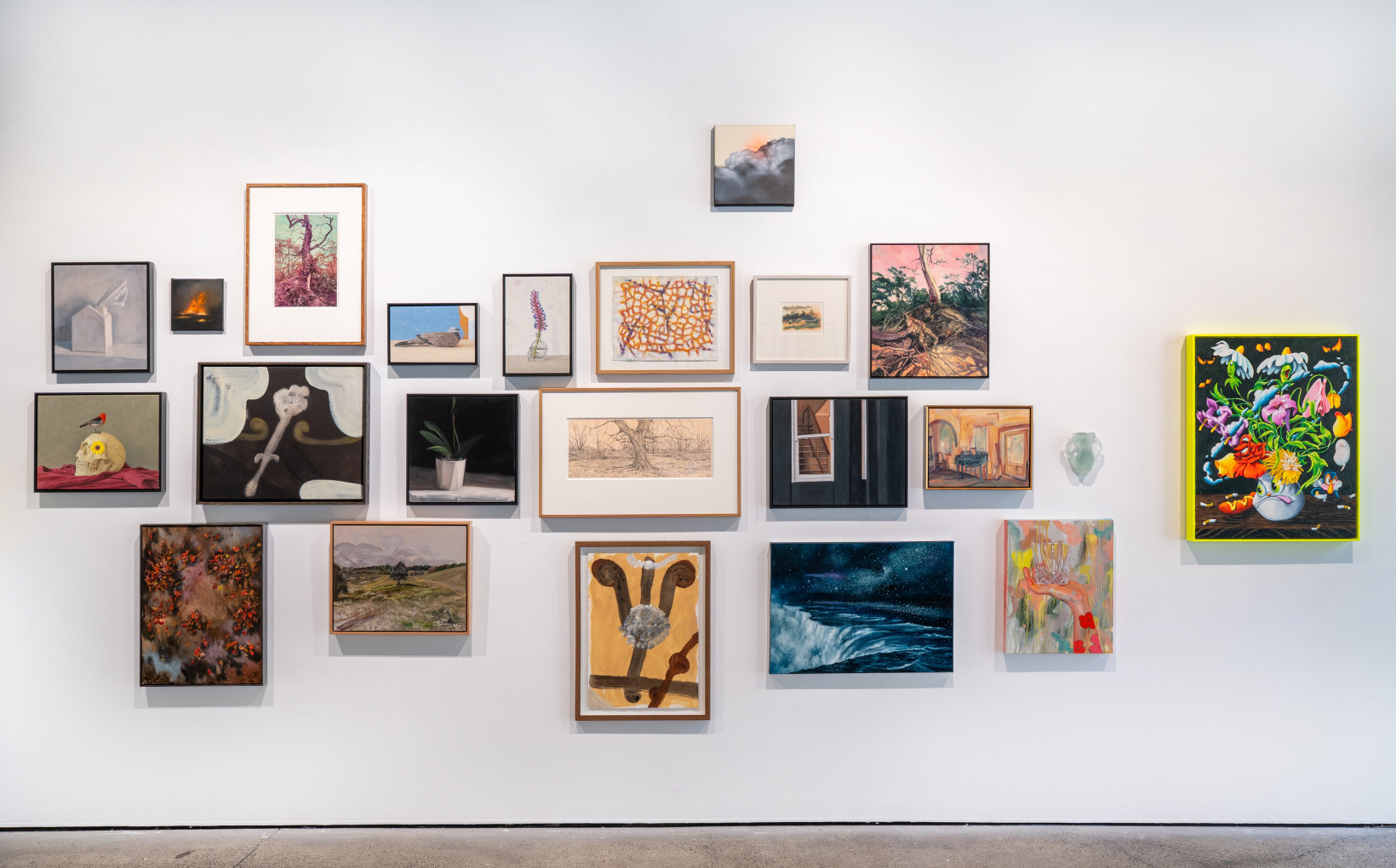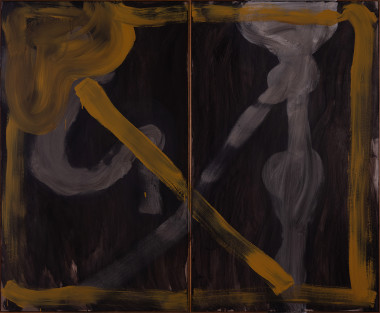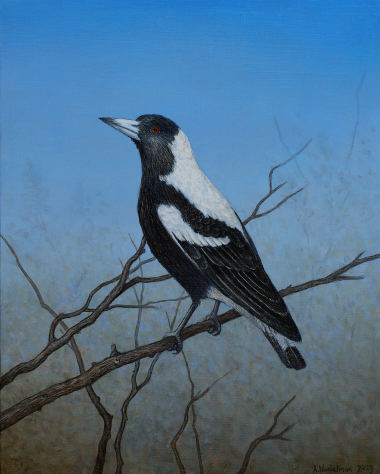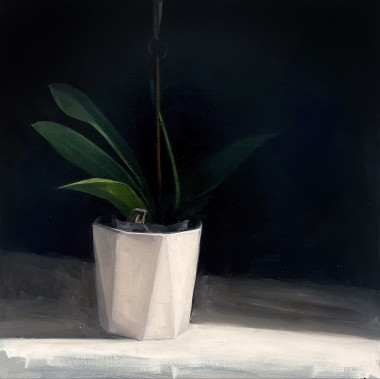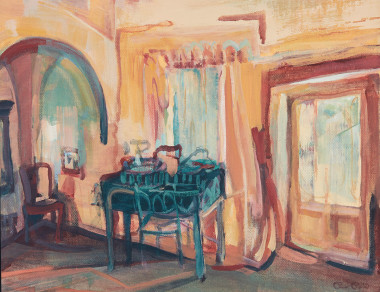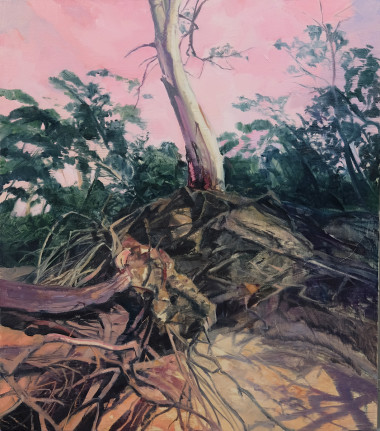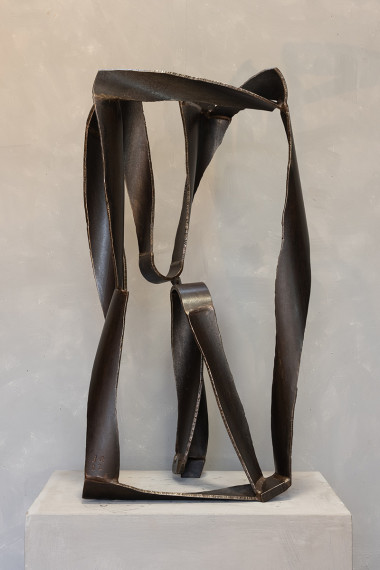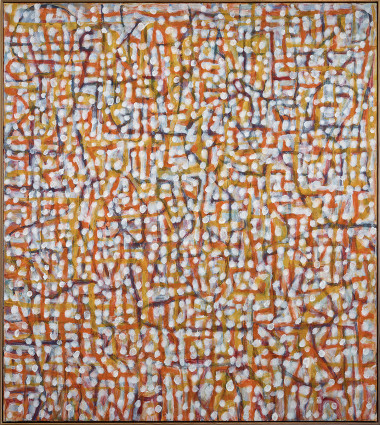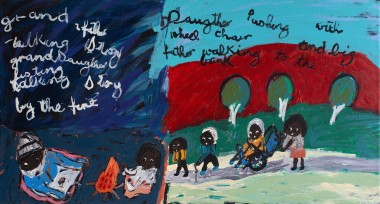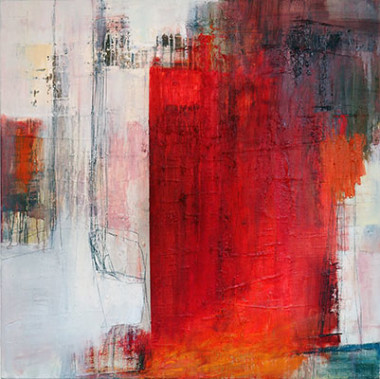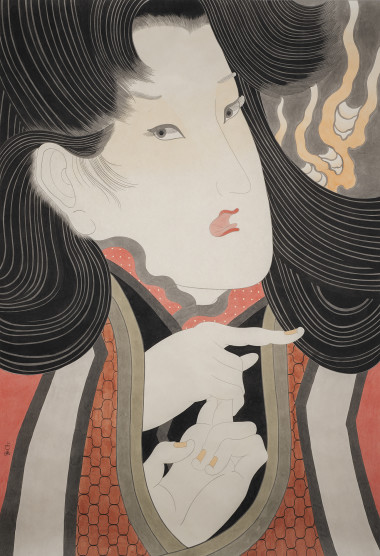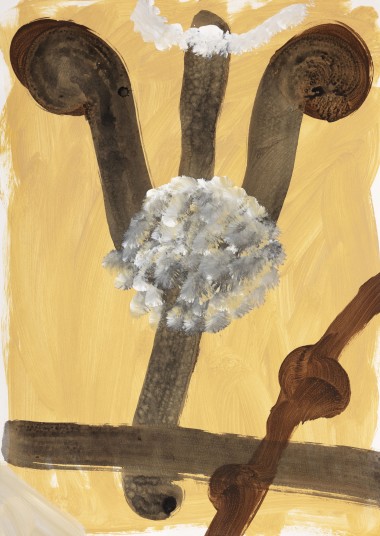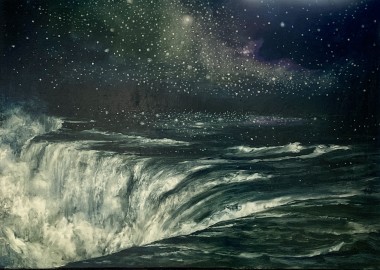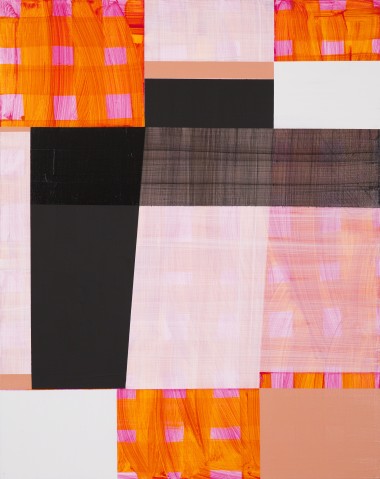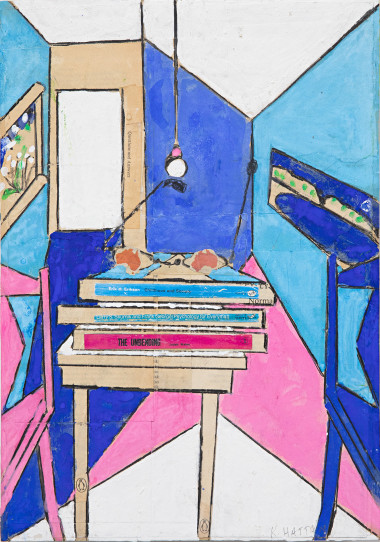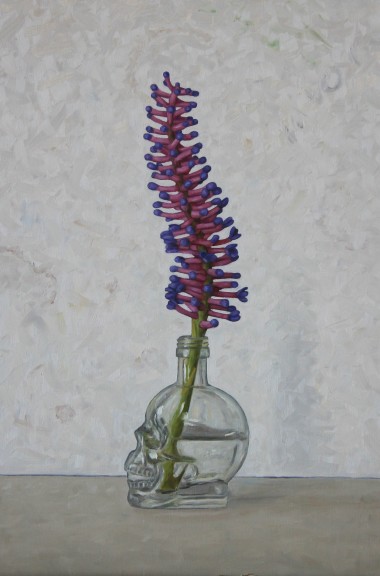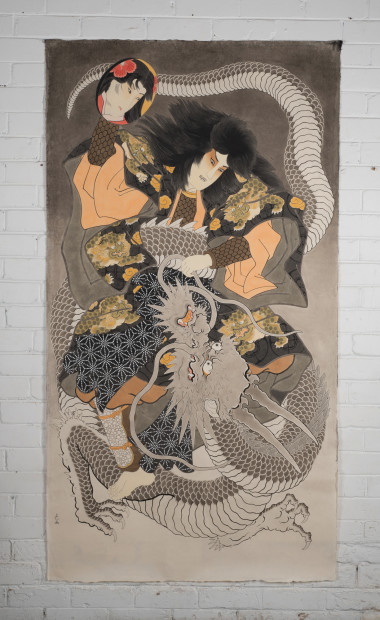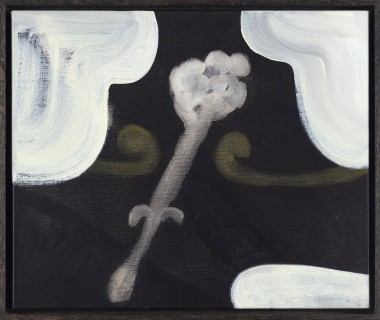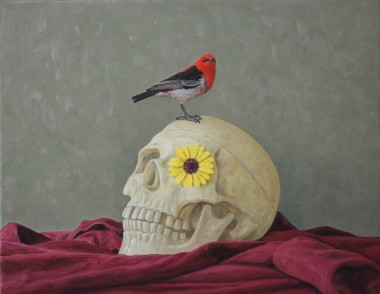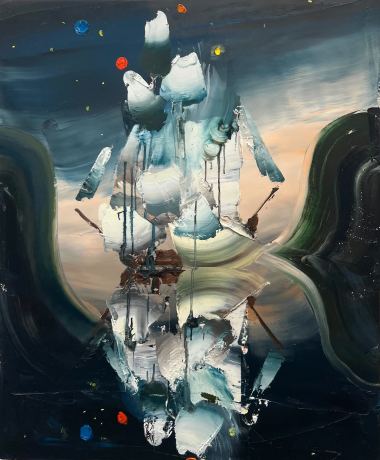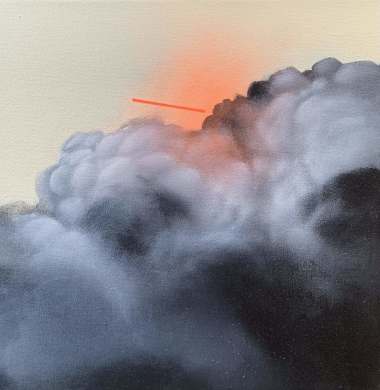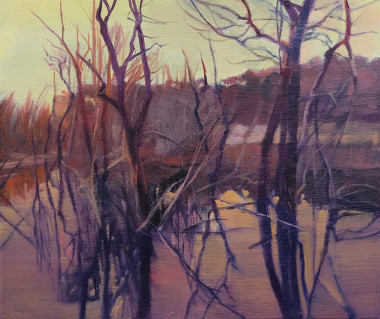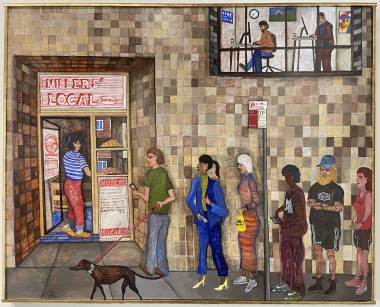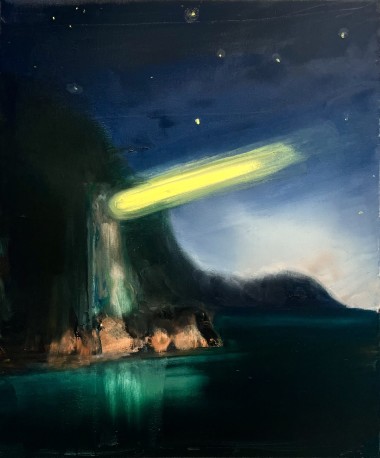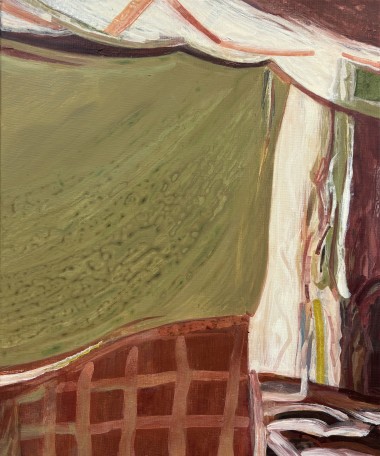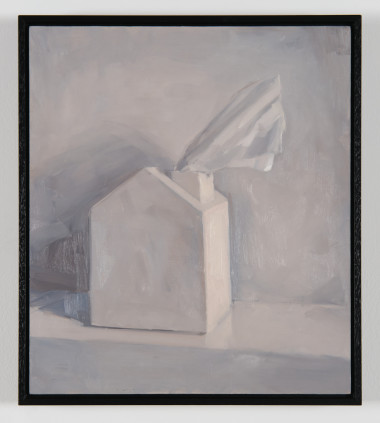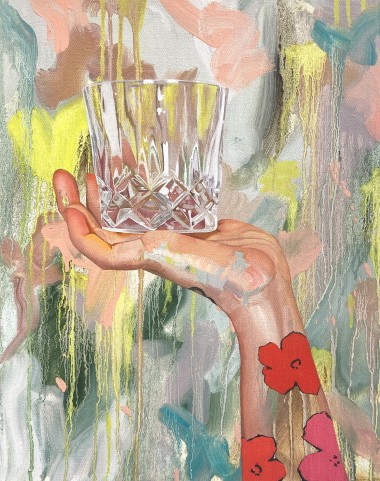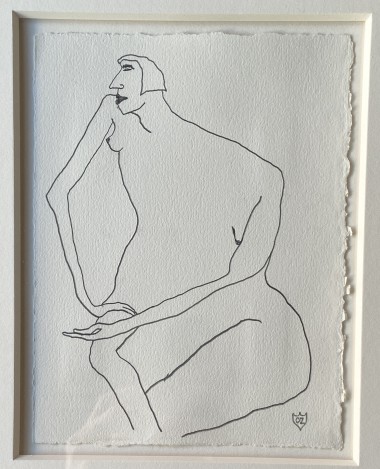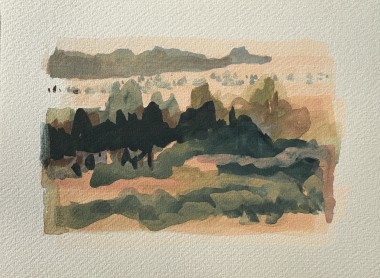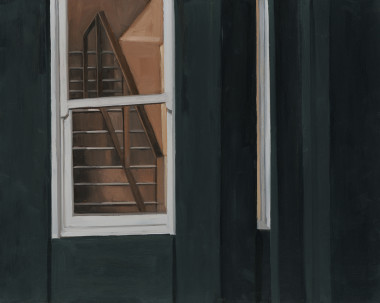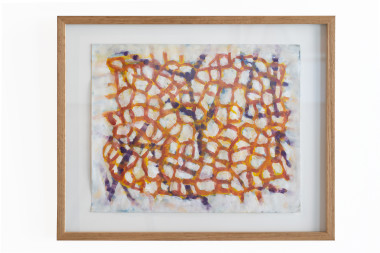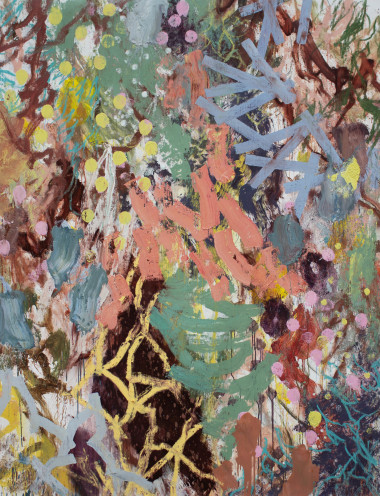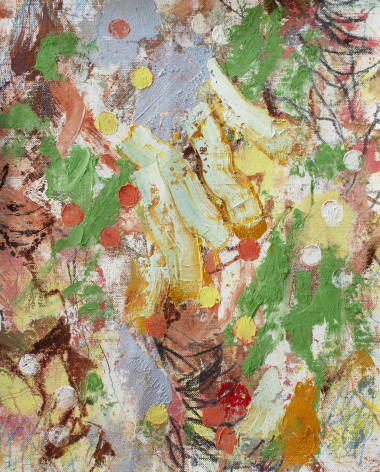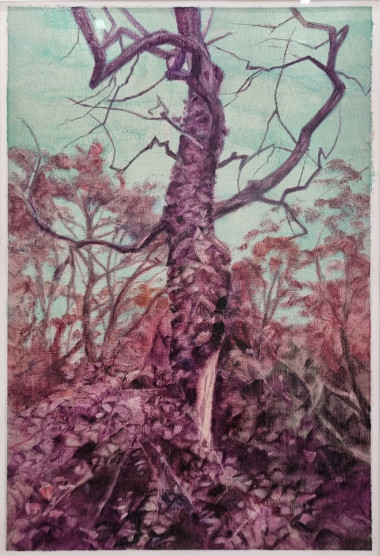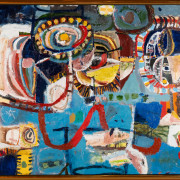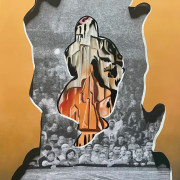In music, the shift between major and minor keys transforms what we hear and feel. A single note is altered, and the mood tilts with it. A work’s impact, like a musical phrase, is not determined by volume or size, but by its capacity to move or linger.
MAJOR \ MINOR draws upon this idea by bringing these contrasts into play. Large-scale, commanding works share space with smaller, finely tuned pieces. MAJOR \ MINOR considers how shifts in proportion, medium, and mood can change the way we see, and the way we feel.
The artists gathered here explore this dynamic in a myriad ways. Nick Santoro, Philjames and Katherine Hattam reframe familiar imagery with a wry or psychological twist, shifting the register of recognition into something uncanny. Brooklyn Whelan, Kirsty Neilson, Nicholas Blowers and Jason Cordero navigate landscape as both external terrain and internal reflection—light becomes mood, horizon becomes threshold. In the tactile abstractions of Chris Horder, Tony Mighell, Emma Beer and Morten Lassen, energy is channelled through gesture, finding equilibrium on the painted surface. Yoshio Honjo and Kim Spooner combine the precision of craftsmanship with contemporary sensitivity.
Sally Mulda and Lottie Consalvo give voice to lived experience, balancing personal narrative with broader social resonance. Marie Mansfield, David Fairbairn, and Renata Pari-Lewis approach portraiture and figuration as acts of empathy—each mark a conversation between observation and emotion. The sculptural interventions of Braddon Snape and James Rogers amplify this dialogue in physical space: steel, air, and light play off one another. Floria Tosca, Luke Storrier and Anton Forde bring an organic tension into the fold.
In the chromatic worlds of Brett McMahon, Kim Leutwyler and Stephanie Eather, the contrast of scale plays into the success of each piece. The subtle gradations of tone across Andrew Sullivan, Peter Gardiner, and Adam Nudelman invite a slower kind of looking. The strength of Caroline Zilinsky's line work to denote the figure is startlingly simple yet undeniably powerful.
With so many varied practices, MAJOR \ MINOR shows how meaning can be shaped by contrast. We invite you to listen for these tonal shifts, and recognise that significance is found as much in the quiet interval as in the crescendo.
Anthea Mentzalis
November, 2025
